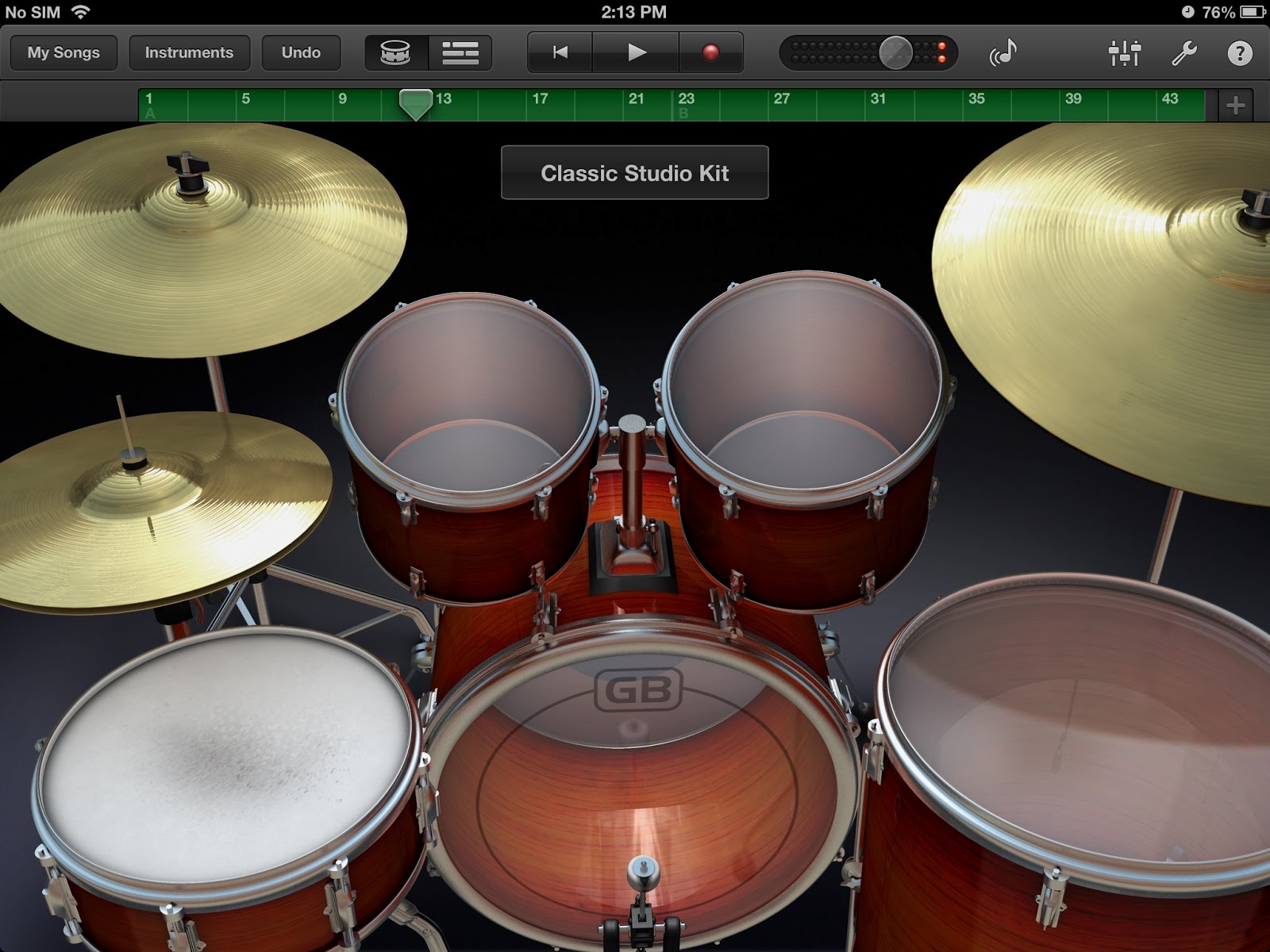Feb 09, 2013 In the short time I’ve had it, it feels like a decent cable and I haven’t experienced any issues with it. USB Fender Squier Guitar ($199): Now, admittedly the USB Fender Squier guitar won’t let you plug in any instrument to GarageBand, it being a guitar and all. For $199, I’ve found it to be a great guitar. In this 9 chapter guide we discuss everything related to using an acoustic and electric guitar with GarageBand, for both amp modeling, effects processing and recording.
If you’re a guitarist who’s just getting started with GarageBand and are dying to jump in a start recording, you may be overwhelmed with the different gear options available to you.
While many would argue that the only way to accurately capture an electric guitar performance is by mic’ing up your amplifier and hitting record, in my latest video I share 3 ways that you can directly input your guitar into your Mac so that you can record it in GarageBand.
Directly inputting (or ‘DI-ing’) your instrument in this way gives you more control over how your recording sounds if you choose to use Garageband’s built in amp designer and/or Audio Unit plug ins.
Check it out below:
You can find the gear mentioned in the video here:
TOOGOO(R) 3M Guitar to PC USB Recording Cable
IK Multimedia iRig Pro I/O
Focusrite Scarlett 2i2
How do you prefer to record your guitars in GarageBand? What gear do you use? Leave a comment and let me know or come join the conversation on Facebook and Twitter.
In order to take advantage of the great guitar-processing apps available for the iPad and iPhone, you need a way to get the signal from your guitar or bass into your iOS device. For that, you’ll need a dedicated guitar interface or a more fully featured audio interface that can handle not only guitar and bass connections but also microphones and sometimes even MIDI as well.
Two different types of guitar/bass interfaces are available on the market:
Digital interfaces, which connect through the dock port on your device
Analog interfaces, which connect through the headphone jack on your device
How To Use Garageband Amp
Going digital
Initially you could only find analog guitar interfaces for iOS, but the last couple of years have brought forth plenty of digital models. These offer better sound quality than the analog ones, because they convert your instrument signal into digital audio and keep it in the digital domain as it goes into your device. Conversely, analog interfaces bring the signal in through the analog headphone jack, and it doesn’t get digitized until it gets into your device.
These digital interfaces offer 24-bit audio resolution, which is the same resolution used in most professional computer recording software. The result is that your guitar or bass will sound the same going into an app as it does coming out of your guitar, and no noise will be added.
Some of the best-known interfaces of this type include:
Apogee Jam
Apogee Jam 96K
Griffin Guitar Connect Pro
IK Multimedia iRig HD
Line 6 Mobile In
Peavey AmpKit Link HD
Positive Grid’s JamUP Plug HD
Sonoma Wireworks GuitarJack Model 2
The only disadvantage to digital interfaces is their cost, which is typically in the $90 to $120 range, depending on the product.
Connecting one of these interfaces to your device is easy: Just plug it in to the dock connector, plug your guitar or bass into its 1/4” input jack, and you’re ready to rock.
Ipad Garageband Midi
Note that some interfaces feature the older-style 30-pin connectors, which means if you have one of the newer generation of Lightning-equipped iOS devices, you’ll need one of Apple’s Lightning-to-30-pin adapters in order to connect it to your device. This adapter will set you back about $30, so figure that into your budget, or choose an interface such as IK Multimedia’s iRig HD, or Griffin’s Guitar Connect Pro, which supports both formats out of the box.
If you plan on using both MIDI and audio in your live rig, make sure you buy an interface that supports both. You only have one data connector, after all— don’t make your devices fight for space!
The analog alternative
Garageband Guitar Cable Ipad Case
Analog instrument interfaces offer an inexpensive alternative to the digital products. Although analog audio isn’t as clean and pristine as digital audio, for a lot of applications, the difference won’t be particularly noticeable. Analog guitar interfaces tend to sell in the $20 range, for the most part, so if you’re willing to live with a signal that might be slightly noisy at times, you can save quite a bit.
These interfaces connect through your device’s headphone jack, using a kind of connector called TRRS, which is a special type of mini-plug that allows audio to travel both in and out of your iPad, iPhone, or iPod touch. This is important because not only do you want your guitar signal to go into your iOS device, you want to be able to hear it and any background tracks or other music you’re playing with it at the same time.
If you’re wondering where you’ll be able to plug your headphones into, since the interface is connected to your headphone jack, there’s a simple answer. All of these analog interfaces have their own built-in headphone output jack, so you can listen to the audio coming out of your device at the same time as your guitar’s signal goes in through the iOS device’s headphone jack.
Apple Garageband Guitar Cable
Because they’re 30-pin devices (a format that Apple has replaced), analog interfaces may not remain on the market all that much longer. But currently, these three were still available, all at reduced prices (under $30):
Ipad Garageband Guitar

Garageband Guitar Adapter Ipad

Garageband Guitar Cable Ipad 4
IK Multimedia iRig
Positive Grid JamUp Plug
Griffin Guitar Connect Pro
Comments are closed.